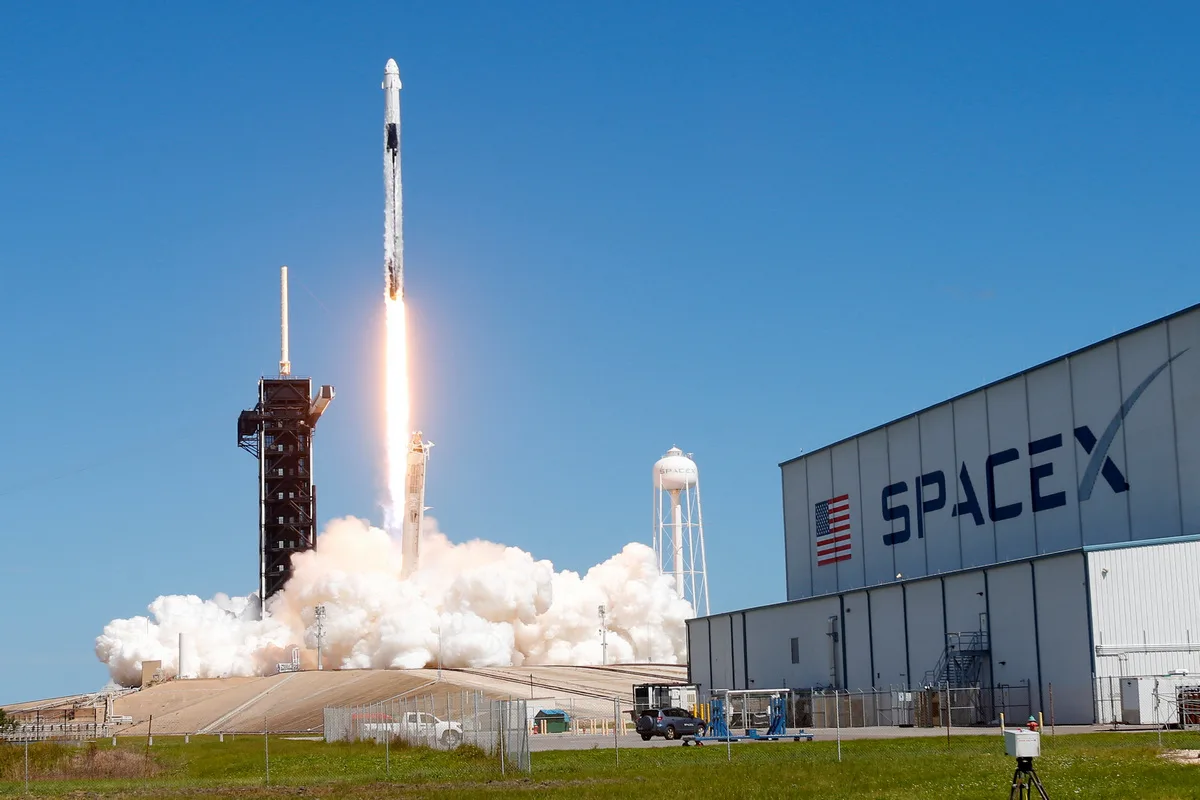The tenth test flight of the super-heavy Starship rocket, created by a private American company, has been postponed to August 2025. The launch was originally planned for June, but was postponed after a serious incident during preparation for fire tests.
On June 18, a prototype named Ship 36 exploded at Massey's site in Texas. While refueling with liquid methane and oxygen and preparing for static burning of six Raptor engines, an emergency situation occurred that led to a fire. The elimination of the consequences lasted several hours, emergency services and fire safety specialists worked at the site.
The incident was the fourth in a series of failures of the Starship program in 2025. The previous three test launches-numbered 7, 8, and 9-ended with second-stage explosions caused by fuel leaks and unstable propulsion systems. This highlights the high degree of technical complexity of the project, which claims to be a key element in future interplanetary logistics.
Starship is positioned as the first fully reusable super-heavy rocket capable of delivering cargo and crews to orbit, the Moon and, in the future, to Mars. The main goal of the developers is to reduce the cost of access to space and move from one-time solutions to reusable architectures that can ensure a sustainable presence of humanity beyond Earth.
To continue the program, a new ground stand was delivered, designed to burn the second stage of the rocket. It can also serve as an adapter for installing the spacecraft on an orbital launch platform (OLM), which allows you to conduct fire tests without the need for a full-fledged assembly of the entire rocket.
In engineering circles, such tests are seen as an inevitable stage in the creation of a fundamentally new technology. Unlike classic programs, Starship development follows the principle of iterative design: launch, analysis, modification, and next launch. This allows you to speed up the development cycle, but is accompanied by a high accident rate in the early stages.
Despite regular setbacks, investors and aerospace market participants continue to closely monitor the project's progress. The potential success of Starship can change the balance of power in the field of space logistics and dramatically reduce the cost of launching satellites, modules and research missions.
The August launch, if successful, will be an important milestone not only for the company itself, but for the entire industry. It will demonstrate either resilience to technical risks or the need to review fundamental engineering solutions. In any case, attention to this event will be global.












